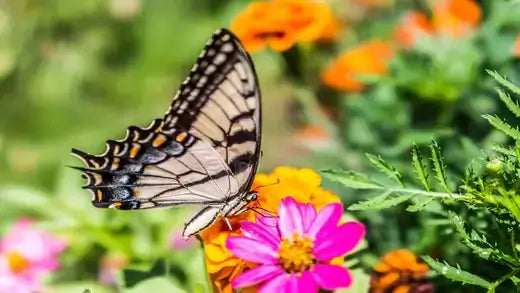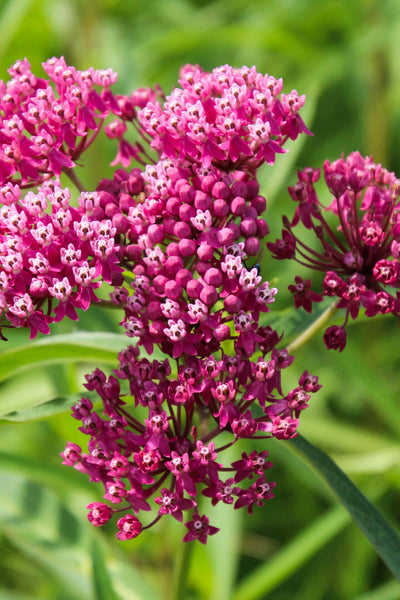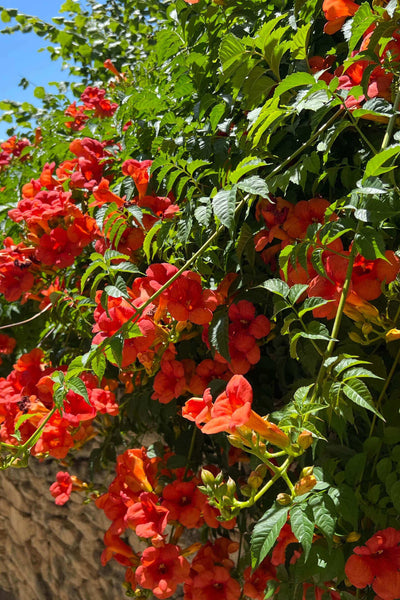The Importance and Attributes of Butterfly Gardens
In a world where biodiversity is increasingly threatened, and urbanization continues encroaching upon natural habitats, creating spaces supporting local ecosystems has become crucial. Butterfly gardens, specifically designed to attract and sustain butterflies, have gained popularity for contributing to environmental conservation while adding beauty and educational opportunities to our surroundings.
This article delves into the importance of butterfly gardens, highlighting their attributes, ecological significance, and the steps involved in creating and maintaining one.
The Ecological Importance of Butterfly Gardens: Butterflies, with their vibrant colors and delicate wings, are not just aesthetically pleasing; they play a vital role in ecosystem health. As pollinators, butterflies assist in reproducing many plants and transferring pollen from one flower to another.
This process is essential for producing fruits and seeds, sustaining countless other organisms within the ecosystem, including birds and mammals. Butterflies are also indicators of environmental health.
Their sensitivity to changes in climate quality makes them valuable indicators of ecosystem balance. A thriving population of butterflies suggests a healthy and diverse ecosystem, while a decline may signify environmental stressors such as pollution, habitat loss, or climate change. By creating butterfly gardens, individuals contribute to preserving these charismatic insects while supporting the broader health of their local ecosystems.
Attributes of Butterfly Gardens:
Plant Diversity: One of the critical attributes of a successful butterfly garden is a diverse selection of plants. Butterflies prefer nectar sources and host plants (which they lay eggs and caterpillars feed). By incorporating native flowering plants, shrubs, and trees, gardeners provide butterflies with the necessary resources throughout their life cycle.
Color and Fragrance: Butterflies are attracted to bright and fragrant flowers. Incorporating various flower colors from reds and oranges to purples and blues helps attract different butterfly species. Fragrant flowers like lavender, jasmine, and phlox can entice butterflies from a distance.
Host Plants: To encourage butterflies to breed and complete their life cycle in the garden, it's essential to include host plants. These are specific plants on which certain butterfly species lay their eggs, and later, caterpillars feed on them. For instance, the monarch butterfly relies on milkweed plants as host plants.
Water Sources: Butterflies need water for drinking and puddling (extracting minerals from damp soil). A shallow dish with wet sand or stones can provide a suitable water source.
Sunlight and Shelter: Butterflies are ectothermic, meaning they depend on external heat sources to regulate temperature. Providing sunny spots for basking allows them to warm up and become active. Additionally, incorporating sheltered areas like shrubs and tall grasses offers protection from wind and predators.
Creating and Maintaining a Butterfly Garden:
Creating and maintaining a butterfly garden is a rewarding endeavor that benefits these beautiful insects and contributes to the overall health of local ecosystems. To enhance the success and impact of your butterfly garden, consider these additional ideas and practices:
- 1. Incorporate Native Plants: Native plants are adapted to the local climate and soil conditions, making them a more sustainable choice for your butterfly garden. They provide the essential nectar sources and host plants that local butterfly species rely on. Research native plant species in your region and aim to include a variety of them in your garden.
- 2. Plan for Seasonal Interest: Design your butterfly garden to have a year-round appeal. Choose plants that bloom in different seasons so that butterflies have a continuous supply of nectar. This ensures that your garden remains attractive and functional throughout the entire year, supporting various butterfly species as they emerge at different times.
- 3. Create a Sunbathing Area: Butterflies are ectothermic, meaning they need sunlight to warm their bodies and become active. Designate a sunny spot in your garden where butterflies can bask and warm up in the morning sun. Flat rocks or light-colored surfaces can be placed in this area to provide suitable basking surfaces.
- 4. Provide Shelter: Incorporate plants with various heights and structures to create sheltered spots for butterflies to rest and take cover from wind and predators. Tall grasses, shrubs, and small trees can serve as natural shelters within the garden.
- 5. Maintain Larval Food Sources: To attract a diverse range of butterflies, it's essential to provide host plants that caterpillars can feed on. Research the specific host plants for different butterfly species in your area and ensure you have these plants available.
Remember that caterpillars can cause some damage to host plants, so be prepared for some nibbled leaves. Research Native Species: Different butterfly species have different plant preferences. research local native butterfly species and their host plants to determine which species will likely visit your area.
Choose Plants Wisely: Select various plants that bloom at different times to provide a continuous nectar source throughout the growing season. Aim for a mix of annuals, perennials, and shrubs. Provide Host Plants: Identify the specific host plants required for the butterfly species you want to attract and lay their eggs.
Design and Layout: Plan your garden layout considering factors such as sunlight, wind exposure, and accessibility group plants with water and sunlight requirements. Water Source: Include a shallow dish with water and wet sand or stones to create a suitable drinking and puddling spot.
Maintenance: Regularly water, prune, and remove weeds to keep the garden healthy. Deadheading (removing spent flowers) encourages continuous blooming. Educational Elements: Butterfly gardens offer excellent education opportunities. Consider adding informative signage about butterfly species, their life cycles, and the importance of pollinators. Observation and Enjoyment: Spend time observing the butterflies and their behaviors. Keep a journal to record the species you spot and their activities.
Conclusion
Butterfly gardens are more than just pretty spaces; they are vital to conservation efforts and support the delicate balance of ecosystems. By creating environments that attract and sustain butterflies, individuals contribute to the health of local ecosystems, pollination of plants, and the beauty of nature. Through careful planning, wise plant selection, and mindful maintenance, butterfly gardens can become thriving havens for these captivating insects and sources of inspiration for all who encounter them. As we continue to face environmental challenges, creating butterfly gardens is a meaningful action that anyone can take to positively impact the world around us.


